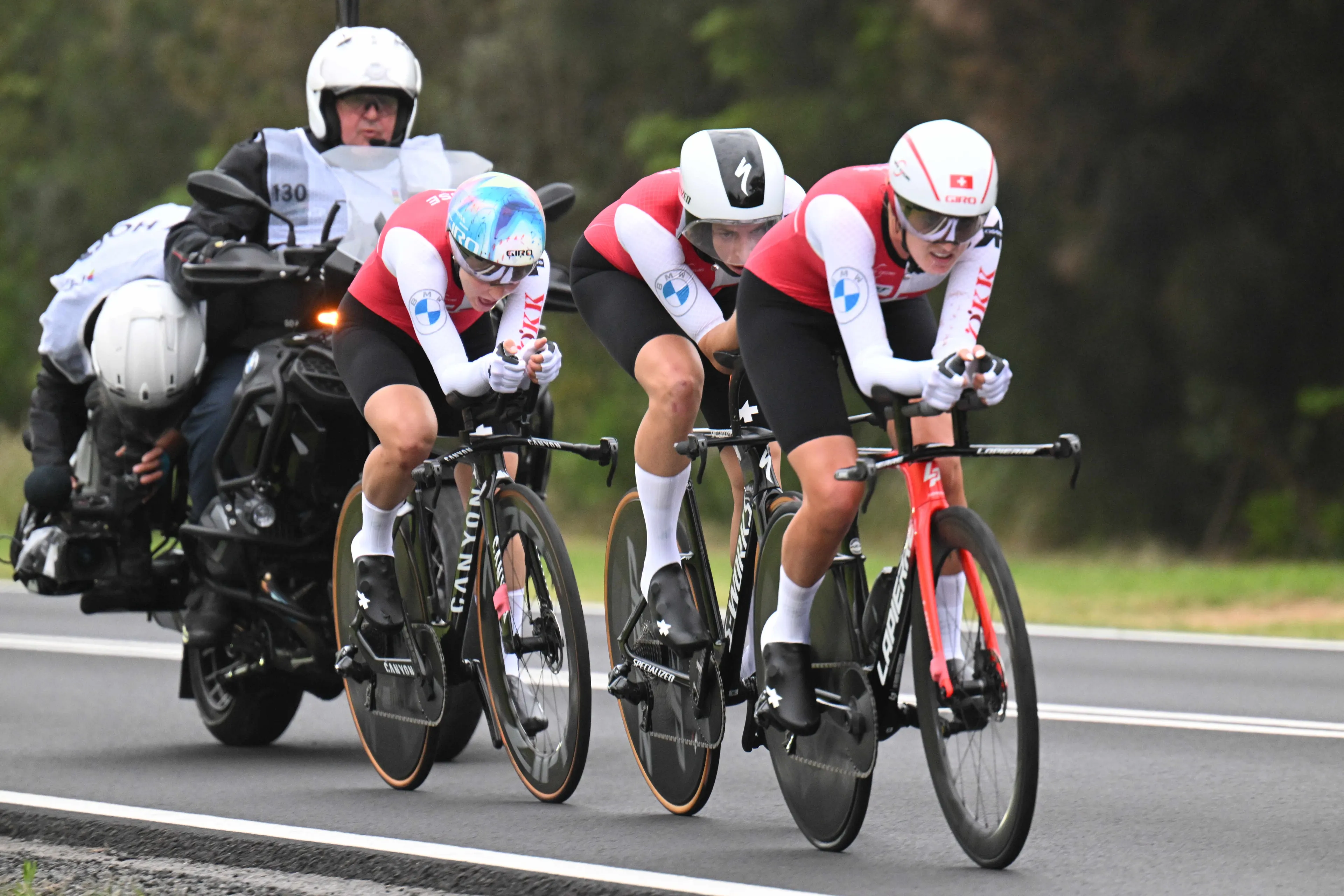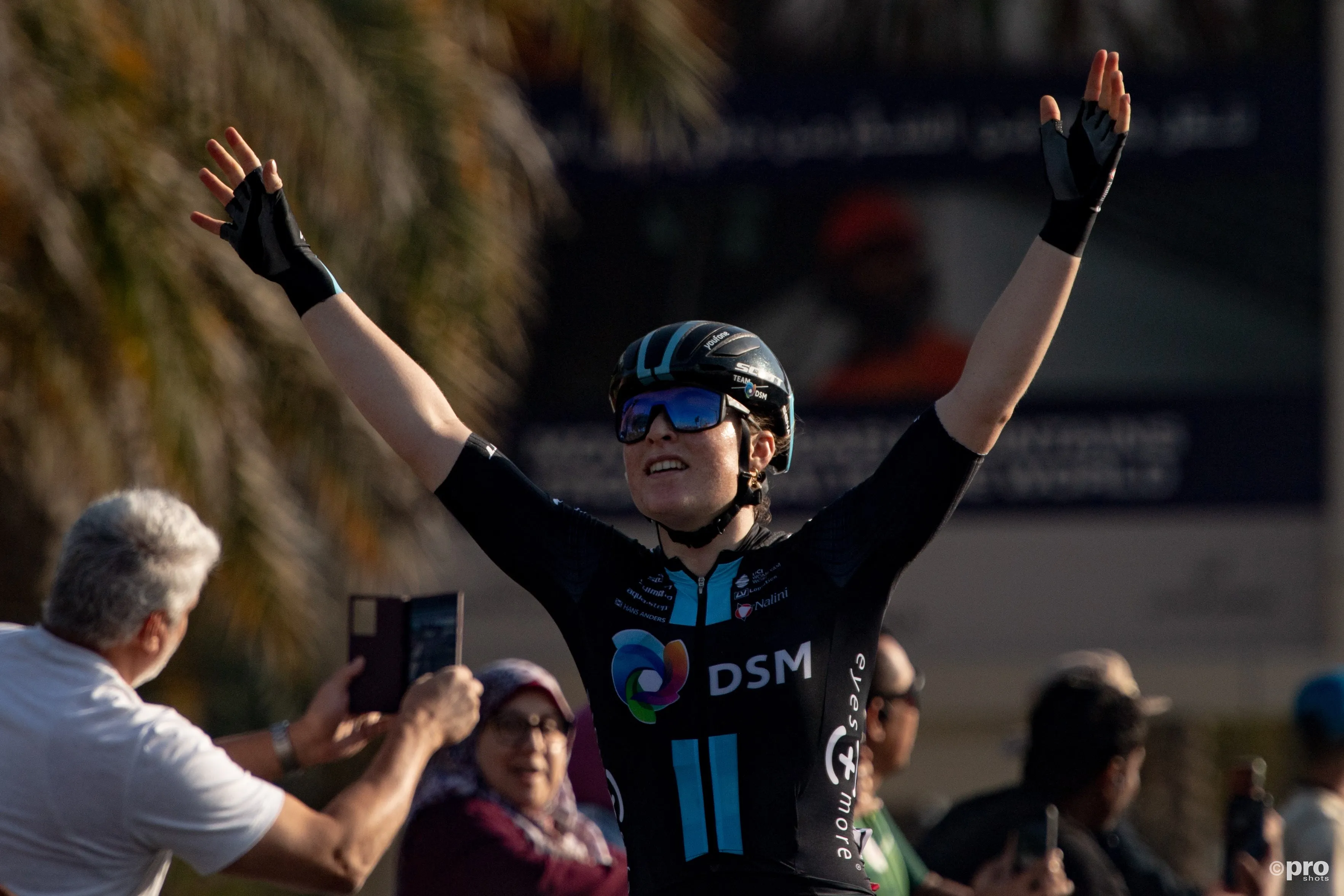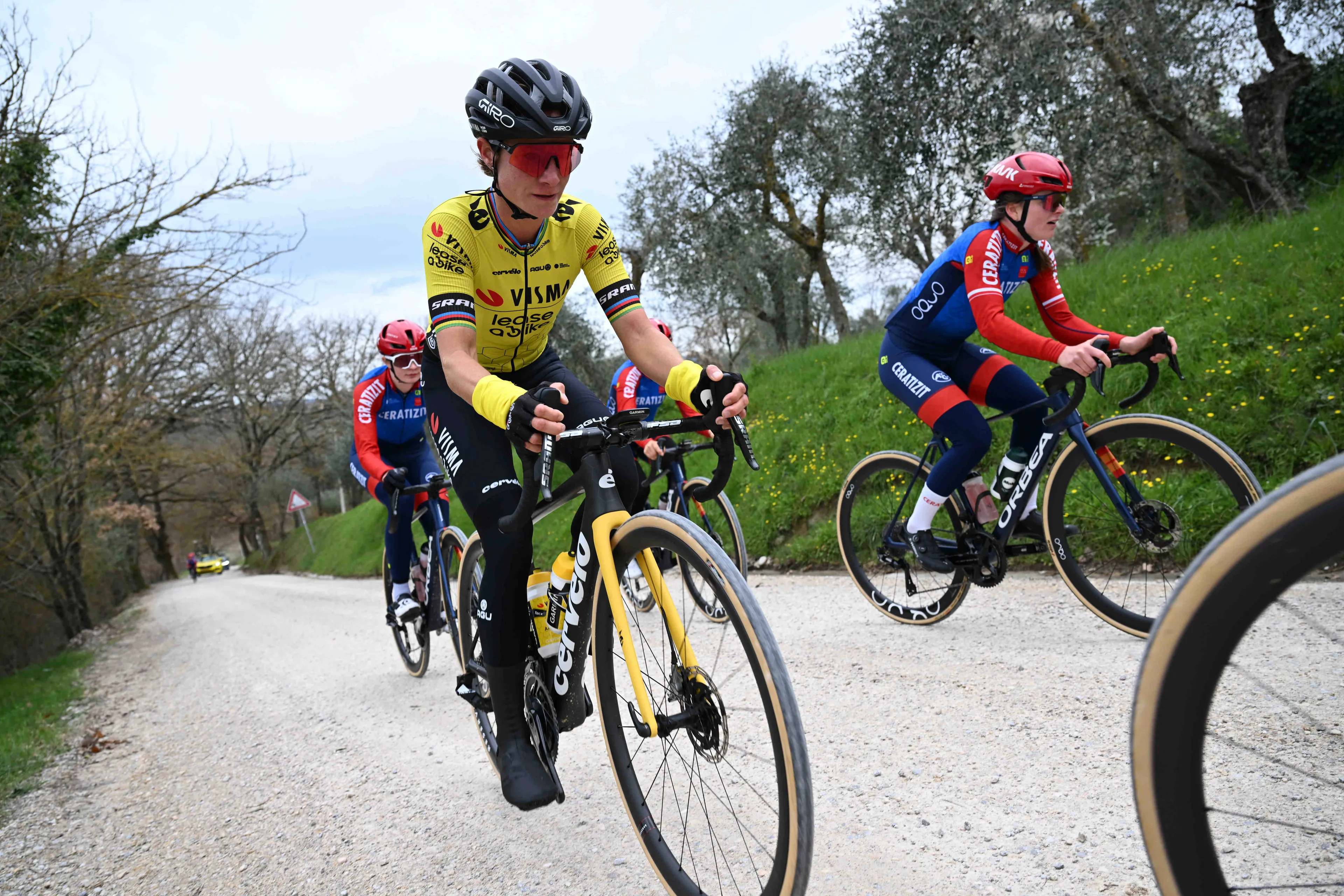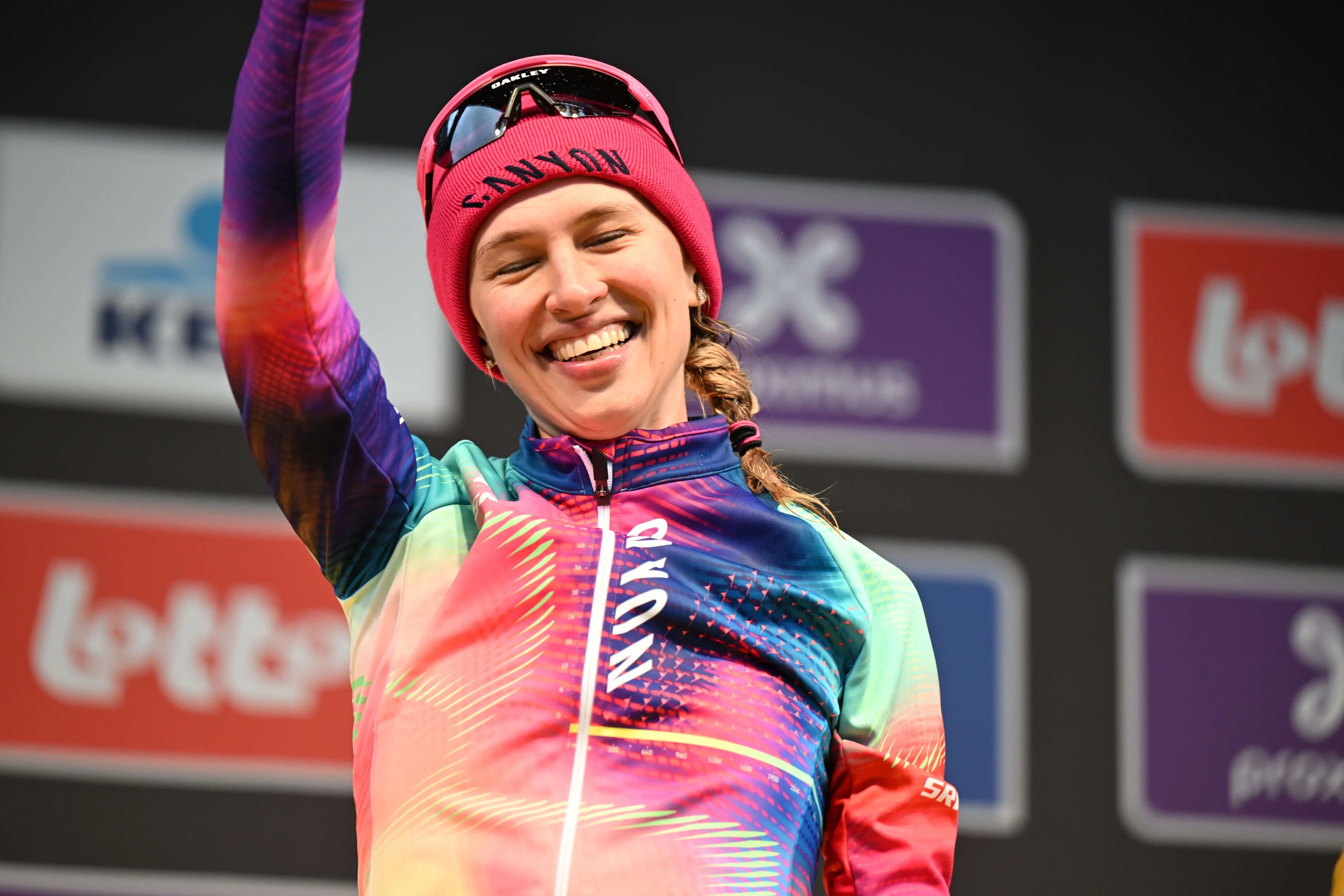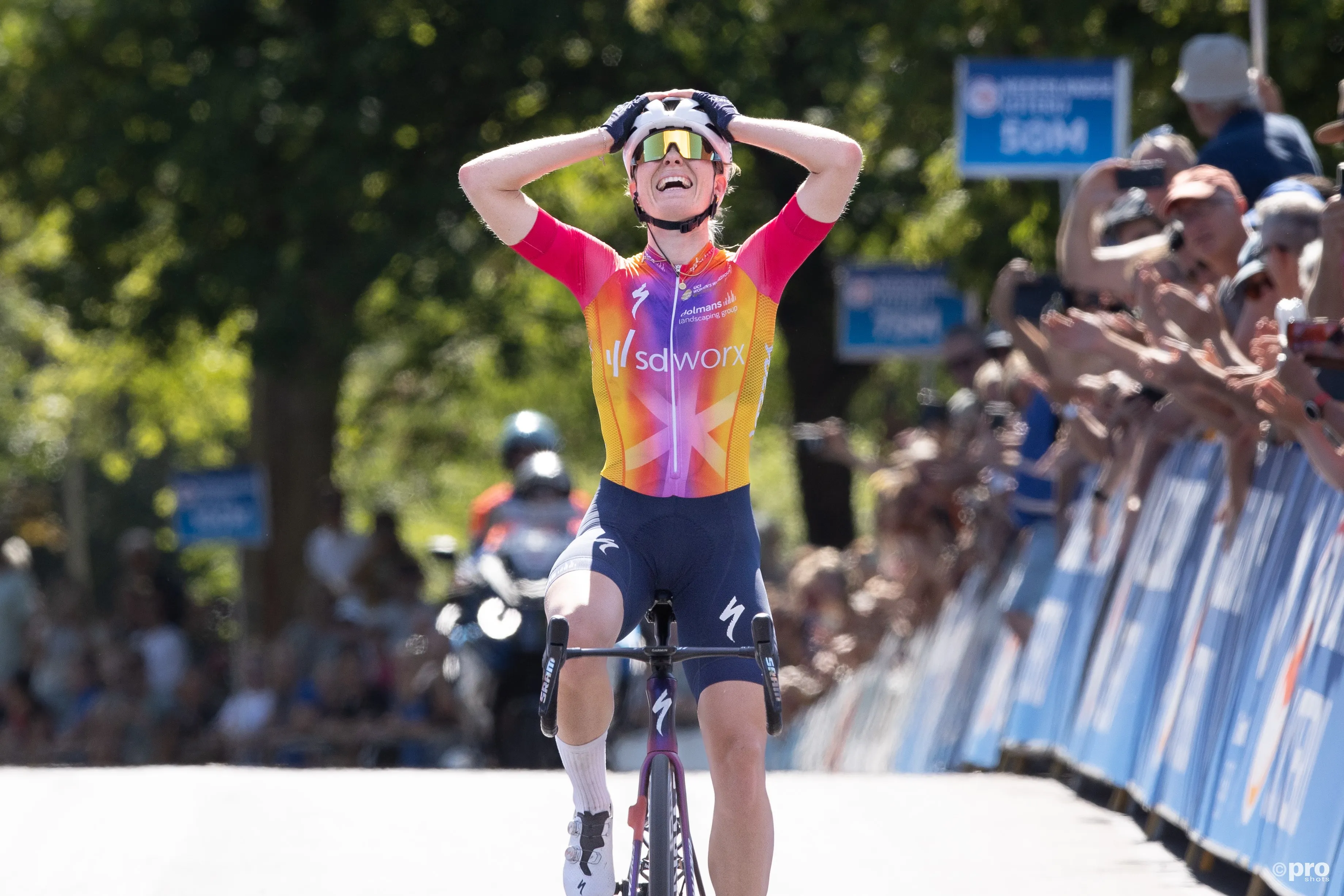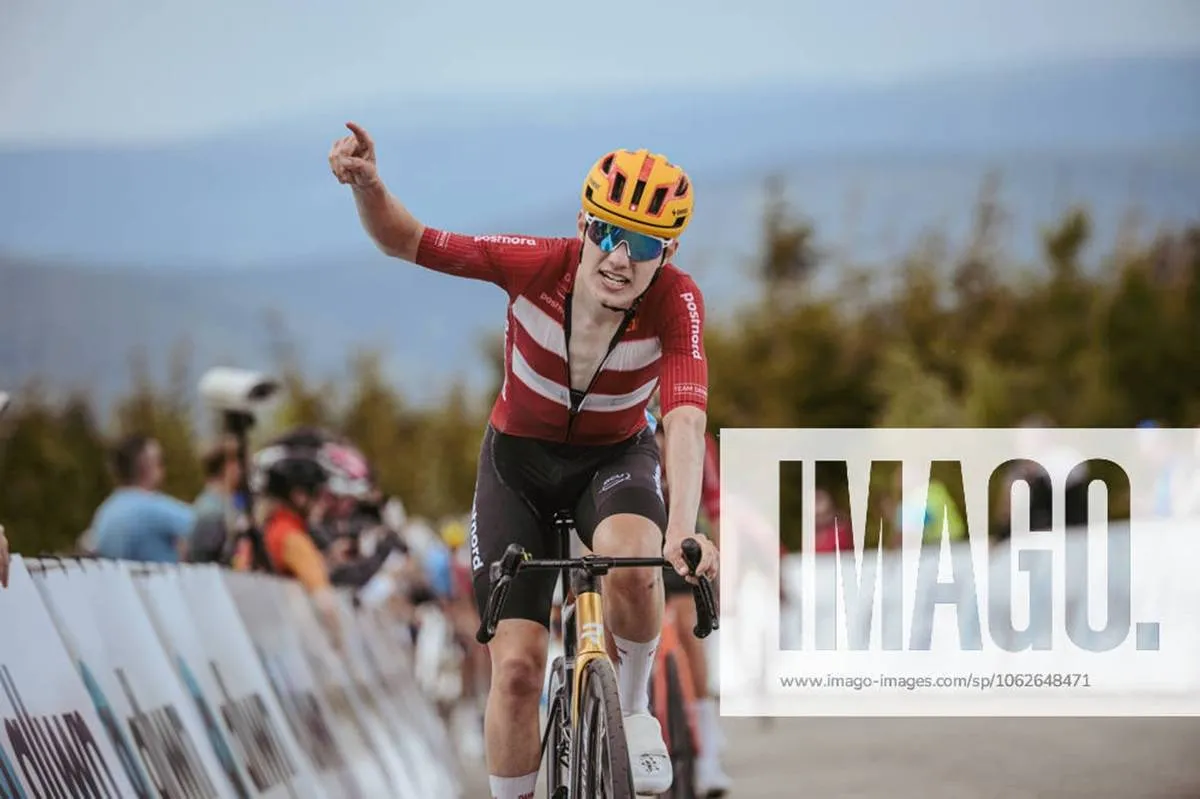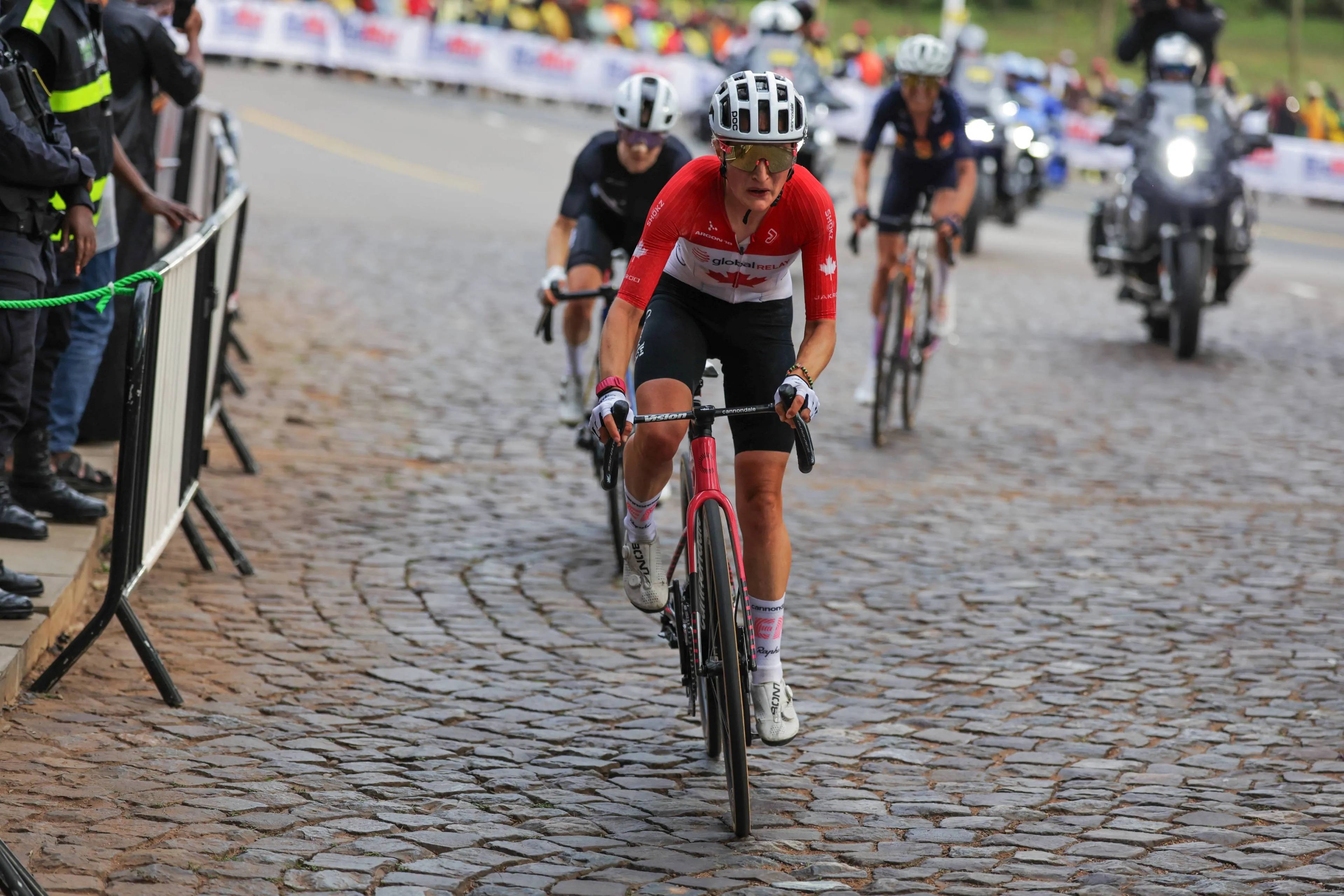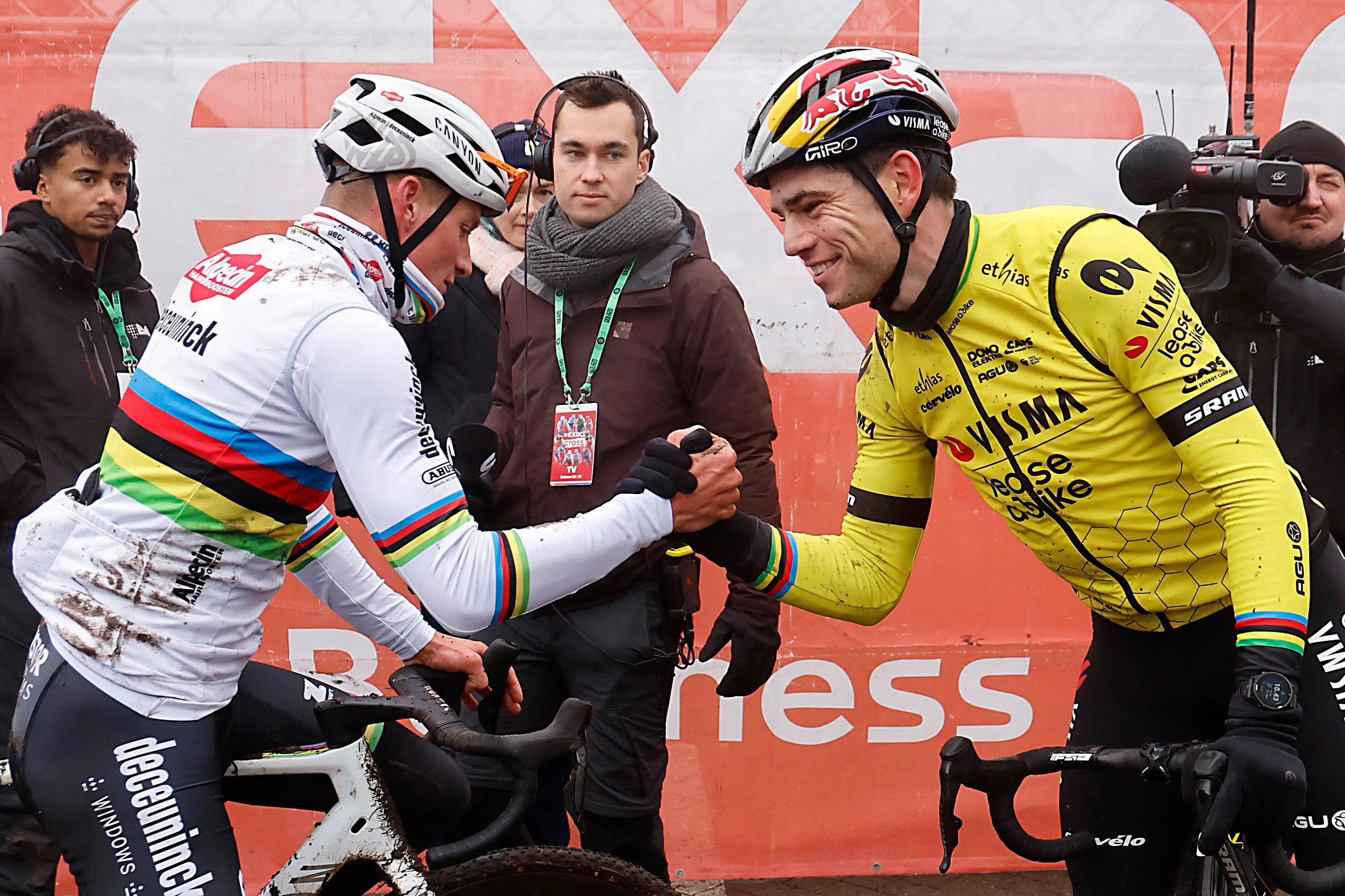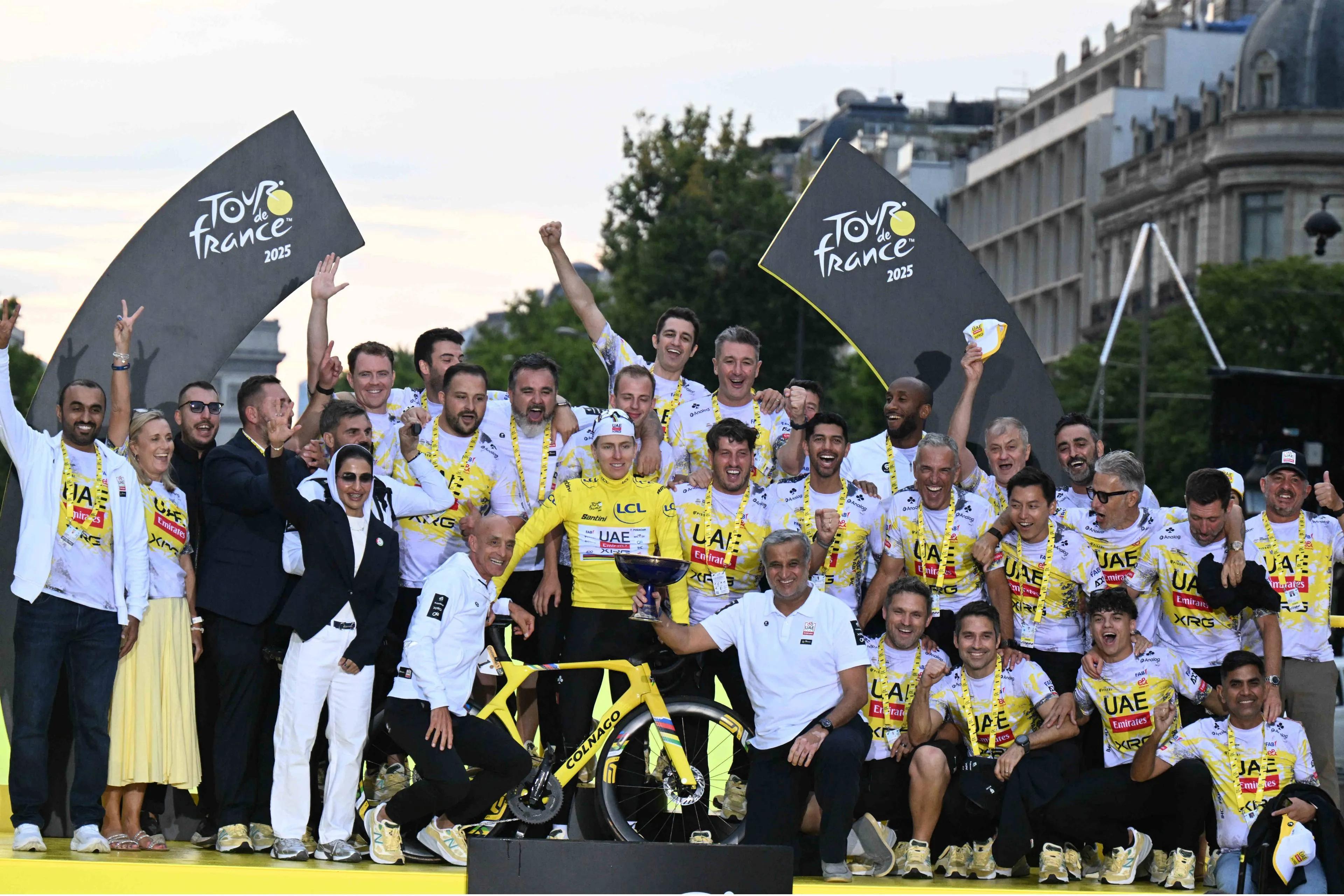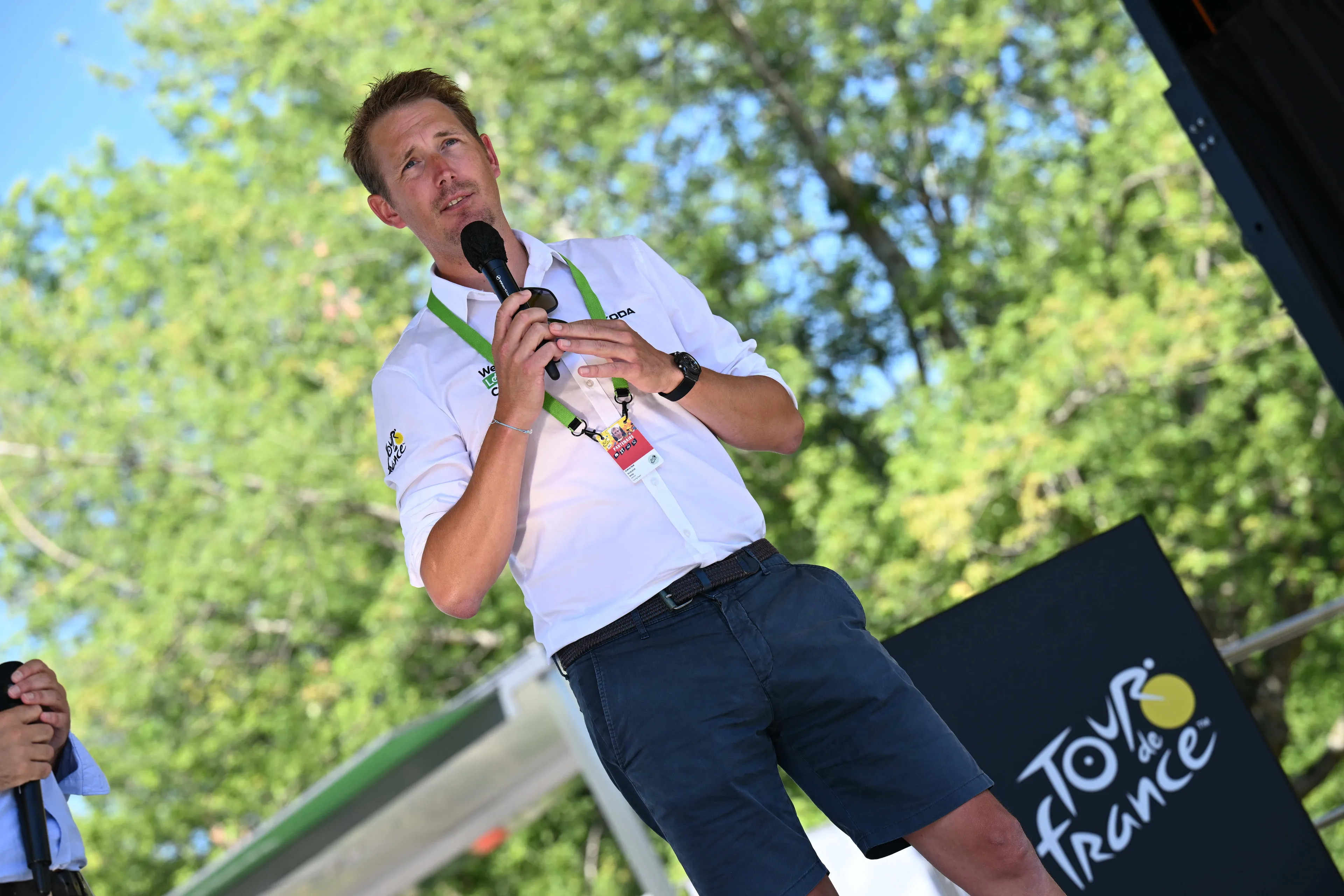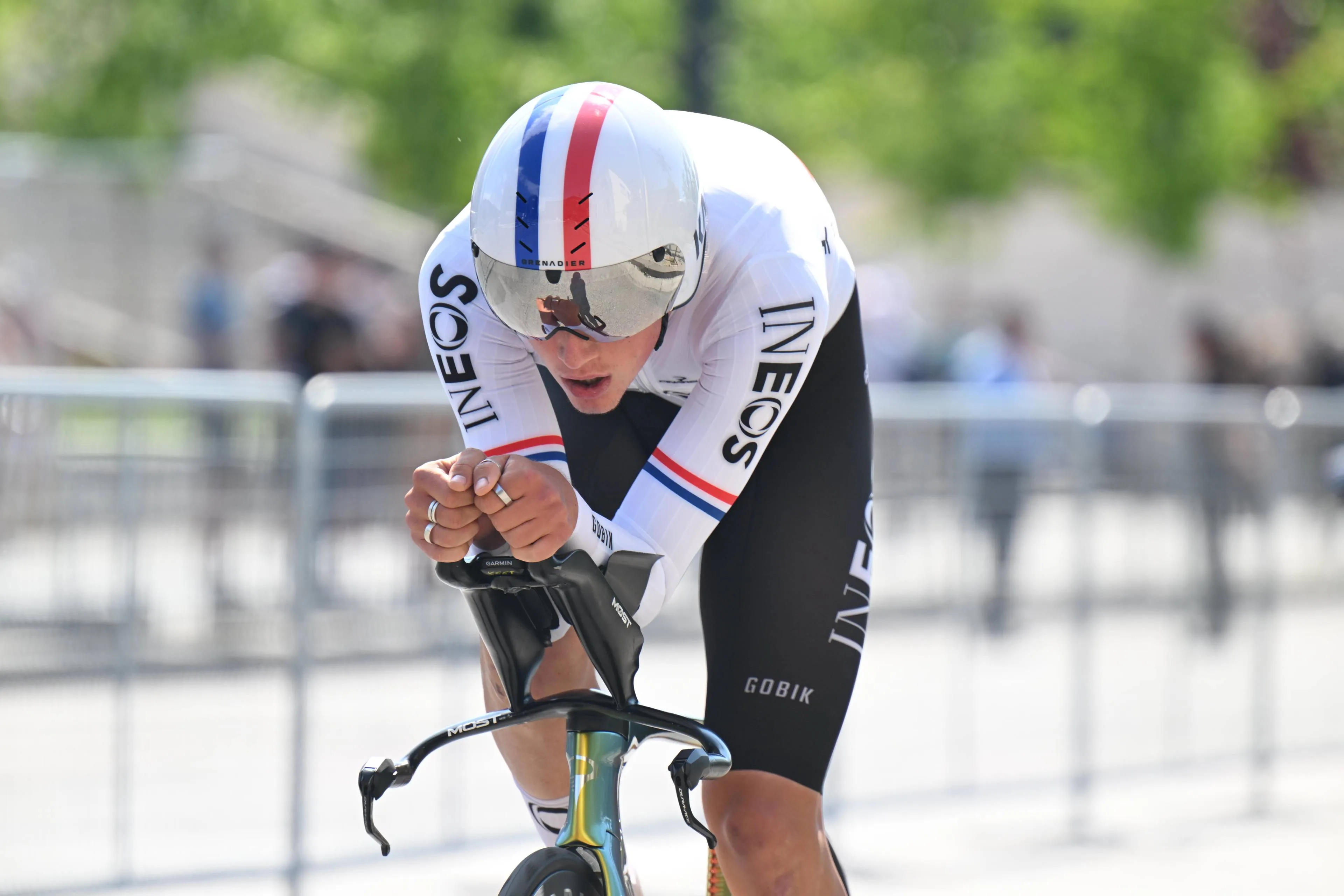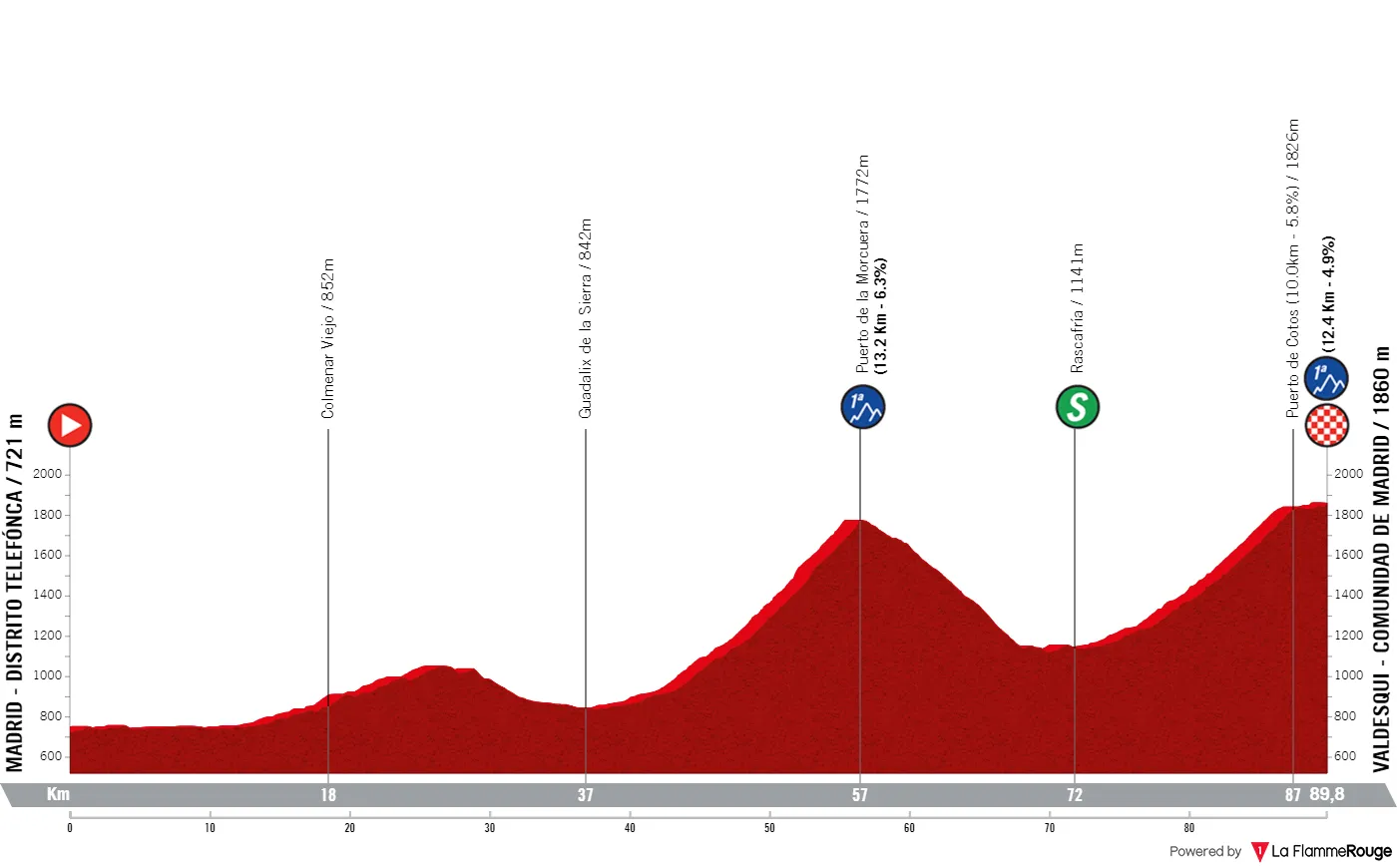
From the 28th of April to the 5th of May, the women's peloton faces its first Grand Tour of the season. La Vuelta Femenina features eight stages with opportunities for all kinds of riders and promises to be one of the highlights of the season. Let's take a look at its profiles.
Read also
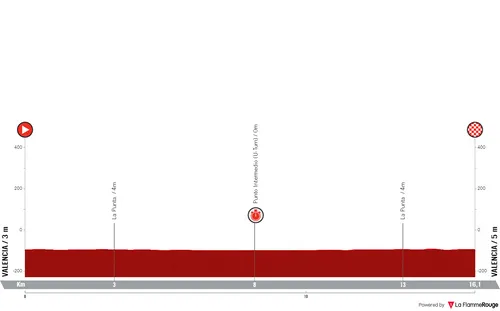
Stage 1 (TTT): Valencia - Valencia, 16.1 kilometers
The race starts off in Valencia. A 16-kilometer team time-trial in the coastal city will set early differences in the race and benefit the teams who have put in a strong focus on their collective.
Read also
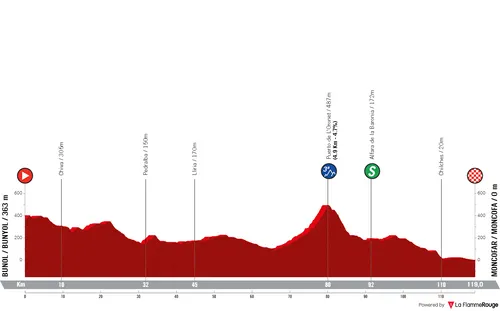
Stage 2: Bunyol - Moncofa, 119 kilometers
Stage 2 of the Spanish race presents an opportunity for the sprinters. Between Bunyol and Moncofa, the women's peloton find a 119-kilometer day of racing. This will feature a slight ascent in it's second half, but it should not be enough to prevent a first bunch sprint.
Read also
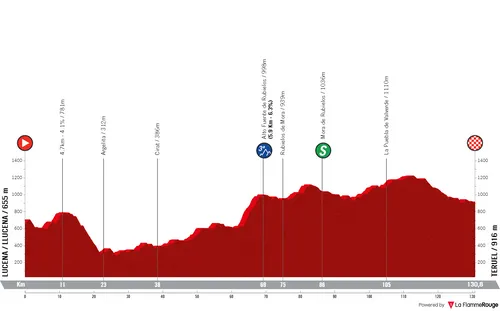
Stage 3: Llucena - Teruel, 130.8 kilometers
A hilly day on the bike will set the tone for the third day of racing in Spain. 130 kilometers with a start in Llucena, which features some climbing early on. A day where breakaways are certainly dangerous. It doesn't feature any major climbing but lots of rolling roads all throughout. The finale in Teruel will be flat however and could lead to another sprint.
Read also

Stage 4: Molina de Aragon - Zaragoza, 142.4 kilometers
A transition stage. The 142 kilometers from Molina de Aragon to Zaragoza are almost completely straightforward within the Spanish plains, a day where the wind and the heat may play a big role. If not, a bunch sprint is inevitable. Speeds are also expected to be quite high, as the riders end the day 900 meters below the start and don't face any climb that is noteworthy.
Read also
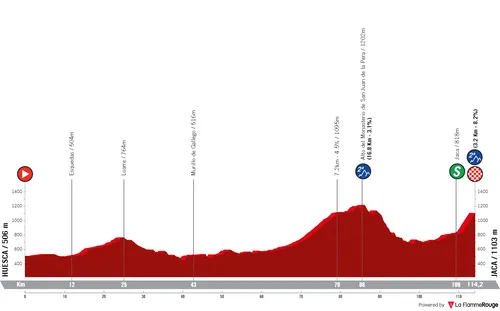
Stage 5: Huesca - Jaca, 114.1 kilometers
The race enters it's tough phase. Stage 5 into Jaca is a day that overall is not too hard, but will see differences towards the end. The hilltop finish is 3.2 kilometers at 8.2% and will present the first big opportunity to create differences.
Read also
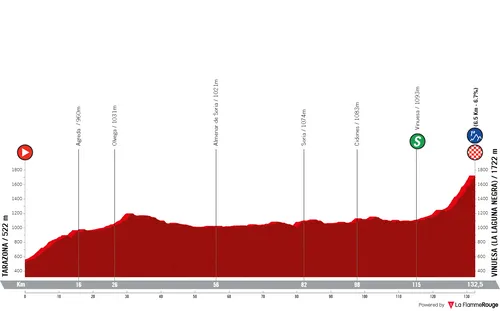
Stage 6: Tarazona - Vinuesa (La Laguna Negra), 132.5 kilometers
The sixth day of racing starts uphill, although the climbing in not categorized. In Burgos, the peloton will then have a completely flat transition into the final ascent of the day. At La Laguna Negra de Vinuesa the overall classification will see another battle, with a summit finish on the climb that is 6.5 kilometers long at 6.7%.
Read also
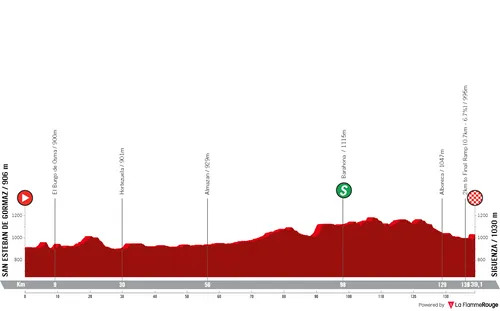
Stage 7: San Esteban de Gormaz - Siguenza, 139 kilometers
Stage 7 is a day that follow a generally flat trend, with a few hilltops in the way. A day that should end in a sprint, but organizers have added an explosive uphill ramp towards the finish line. In Siguenza, the last 700 meters will rise at 7% and open up the doors for dangerous differences and bonus seconds.
Read also

Stage 8: Madrid - Valdesqui, 89.8 kilometers
The final and queen stage of the race! Organizers decided to make it an extra small stage which removes difficulties, but nevertheless the riders will make the spectacle in the day's second half.
The riders find two ascents on the day. The first is the Puerto de Morcuera. 13.2 kilometers at 6.3%; and then right before the finale in Valdesqui the climb to the Puerto de Cotos which is 10 kilometers long at 5.8%. The race will ultimately be decided here.
Read also
claps 0visitors 0
Just in
Popular news
Latest comments
- I dont know about winning but he has certainly shown that he can lose one.abstractengineer19-12-2025
- Unfair points system!!!. Its the same system under which Virenque won 7 polka dots. But then he cheats so how can he call it unfair.abstractengineer19-12-2025
- Yes being favorites, being 3 to 1 and not winning is worst, 2nd time in history, both times Belgiansabstractengineer19-12-2025
- Uijtdebroeks is just a malcontent. he has never won anything. he will do nothing with Movistar. I would let Remco go for 7 million too. he's great, but not worth it. pay 10 million for Ayuso? also nuts.mij19-12-2025
- interesting Mads got 2nd at Flanders, and he isn't even mentioned by Wout LOL. makes me laugh how he is so overlooked.mij19-12-2025
- I think a 3 v 1 finish with the 1 being a good rider, but not great, is close to humiliation.mij19-12-2025
- These whiners simply want to keep their hold in the highest echelons of the sport without having to perform well enough to please their sponsors and remain there. Cycling has been "unsustainable" ...for 130 years! If Vaughters wants to leave the sport, there will be hundreds of teams happy to ride the Tour and the biggest races in the world in his place. That's what happens when there's a ton of supply of teams and a limited amount of demand for teams at the highest level! -An Economistacem8219-12-2025
- If she was Dutch or Belgian she'd have already sorted a team out. Unfortunately, the CX teams are pretty insular to 'foreigners' and would rather give a spot to a local rider. And that is one reason why the sport is niche outside its heartland.wipperman9519-12-2025
- Dear Editor: It is no humiliation to make the final, even with two riders, and not get it perfect against another talented rider. Disappointment, sure.itsent18-12-2025
- I luv this guy ,so honest puts the hand up ..."my fault.".. I would be stoked to see him win his big monuments ... i think he would be a great team mate and friend.Davide18-12-2025
Loading
⏳10 days to go until La Vuelta Femenina by Carrefour.es😍 ⏳¡Quedan 10 días para #LaVueltaFemenina!😍
Write a comment

